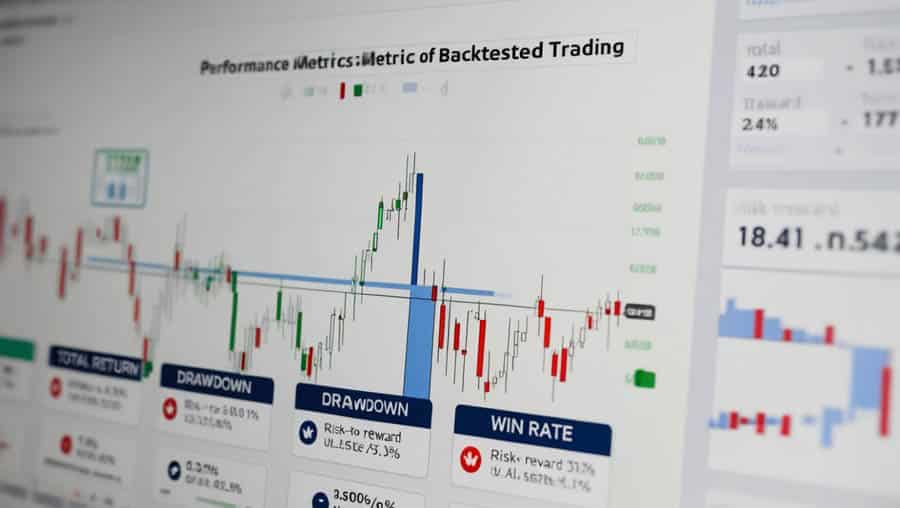The foreign exchange (forex) market attracts a large number of traders due to its high liquidity and 24-hour trading availability. Quantitative trading strategies are just as popular in forex as in other markets. Below are three classic forex trading strategies that can be implemented in quantitative systems.
1. Momentum Trading Strategy
The momentum strategy is based on the assumption that prices moving in a certain direction tend to continue in that direction for a period of time. Momentum traders aim to profit by buying currency pairs that have performed strongly and selling those that have underperformed.
Implementation Steps:
- Select a time window (e.g., 20 days, 50 days, or 200 days) to measure momentum.
- Calculate the percentage price change over that time window.
- Set a momentum threshold; initiate buy/sell trades when the price change exceeds this level.
- Regularly recalculate momentum and adjust positions accordingly.
import pandas as pd
import numpy as np
data = pd.read_csv('forex_data.csv')
data['momentum'] = data['close'].pct_change(periods=20)
buy_threshold = 0.05
sell_threshold = -0.05
data['signal'] = np.where(data['momentum'] > buy_threshold, 1, 0)
data['signal'] = np.where(data['momentum'] < sell_threshold, -1, data['signal'])
data['return'] = data['close'].pct_change()
data['strategy_return'] = data['signal'].shift(1) * data['return']
2. Mean Reversion Strategy
The mean reversion strategy is based on the idea that market prices tend to revert to their average over time. When prices deviate significantly from the mean, they are expected to revert, providing trading opportunities.
Implementation Steps:
- Choose a time window (e.g., 20 days) to calculate the moving average.
- Compute both the average and standard deviation of prices over this window.
- Buy when the price falls below the mean minus a multiple of the standard deviation.
- Sell when the price rises above the mean plus a multiple of the standard deviation.
data['mean'] = data['close'].rolling(window=20).mean() data['std'] = data['close'].rolling(window=20).std() buy_threshold = data['mean'] - 2 * data['std'] sell_threshold = data['mean'] + 2 * data['std'] data['signal'] = np.where(data['close'] < buy_threshold, 1, 0) data['signal'] = np.where(data['close'] > sell_threshold, -1, data['signal']) data['strategy_return'] = data['signal'].shift(1) * data['return']
3. Trend-Following Strategy
The trend-following strategy assumes that markets exhibit long-term trends. When price breaks key levels—such as a moving average—it signals a continuation of the trend, prompting a position in the same direction.
Implementation Steps:
- Select two moving averages of different time periods (e.g., 50-day and 200-day).
- Buy when the short-term moving average crosses above the long-term moving average (bullish crossover).
- Sell when the short-term moving average crosses below the long-term moving average (bearish crossover).
data['short_mavg'] = data['close'].rolling(window=50).mean() data['long_mavg'] = data['close'].rolling(window=200).mean() data['signal'] = np.where(data['short_mavg'] > data['long_mavg'], 1, 0) data['signal'] = np.where(data['short_mavg'] < data['long_mavg'], -1, data['signal']) data['strategy_return'] = data['signal'].shift(1) * data['return']






